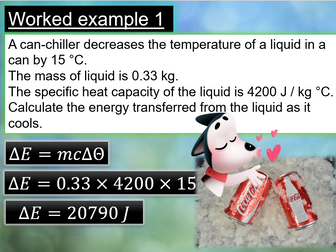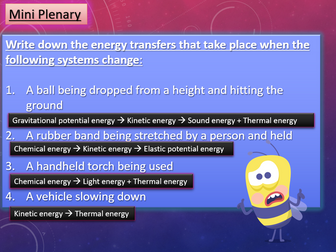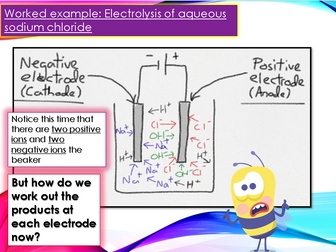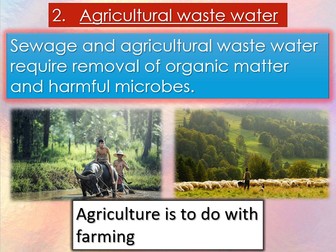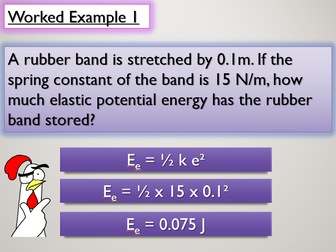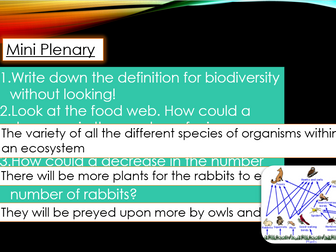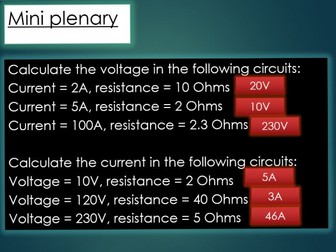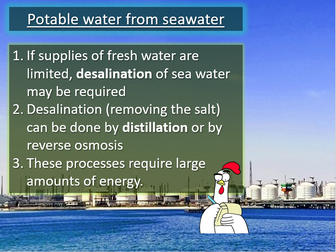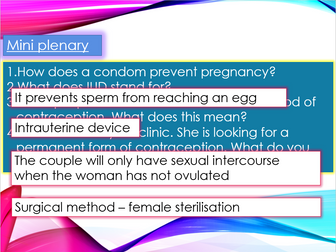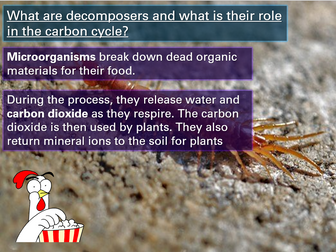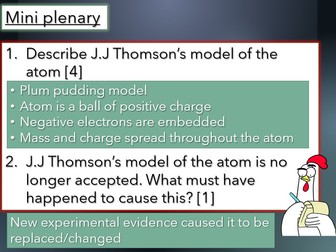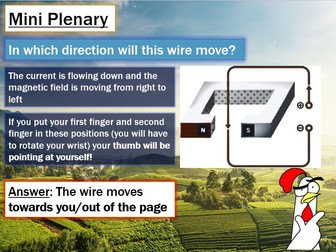
Specific Heat Capacity lesson
Specific heat capacity lesson, including equation of specific heat capacity definition with calculation questions and answers, plus internal energy definition physics. The lesson objectives are as follows: Define internal energy and how it is affected by heat, state the factors that affect the change in thermal energy of a system and apply the equation and the concept of specific heat capacity to problems.
The slides are fully animated and include answers to every mini plenary question and exam question. The breakdown of the slides is as follows:
Slide 1 - Title and 5-minute starter. The starter is a grid of four questions entitled ‘last week, last lesson, today’s learning and future learning’. Use this generic slide for all of your lessons by simply changing the questions and the answers each time.
Slide 2 - Lesson objectives (see above)
Slide 3 - Recap of definition of system and introduction to definition of internal energy
Slide 4 - Explanation of what happens to the internal energy when heat is applied to the system
Slide 5 - Mini plenary. 4 questions of increasing difficulty that test definitions and explanations that students have just learnt. Answers animate onto the screen
Slide 6 - Introduction to the factors that affect the change in thermal energy of a system
Slide 7 - Mini plenary. Random name animation used to test pupils’ recall of the factors that affect the change in thermal energy in a system
Slide 8 - Introduction to specific heat capacity equation with the units. All parts animate onto the screen at your leisure
Slide 9 - Worked example 1 SHC calcuation with step-by-step answer animation
Slide 10 - Worked example 2 SHC calcuation with step-by-step answer animation
Slide 11 - Mini plenary. SHC calculation 3-mark exam question with mark scheme answer animating onto screen.
Slide 12 - Explanation of why specific heat capacity is important, linking to its definition, i.e. useful to know as it can help people decide the best materials to use for buildings or cooking utensils
Slide 13 - Comparison of SHC of iron and SHC of wood. Iron’s SHC is much lower - what does this actually mean? All explained on this slide, which will help students frame their knowledge in a relevant context.
Slide 14 - Mini plenary to test last lesson objective (apply the concept of specific heat capacity to problems)
Slide 15 - ALT (Applied learning time). 6 mark synthesis exam question: “A student investigated the specific heat capacity of metals. Describe an experiment the student could do to measure the specific heat capacity of a metal.” Guidance animates onto the screen and then disappears, such as the need for a joulemeter.
Slide 16 - Plenary. Short 3-mark SHC calculation question
Follow me on Twitter https://twitter.com/MC_Afrique
If you have a positive experience with the resource please leave a positive review!
